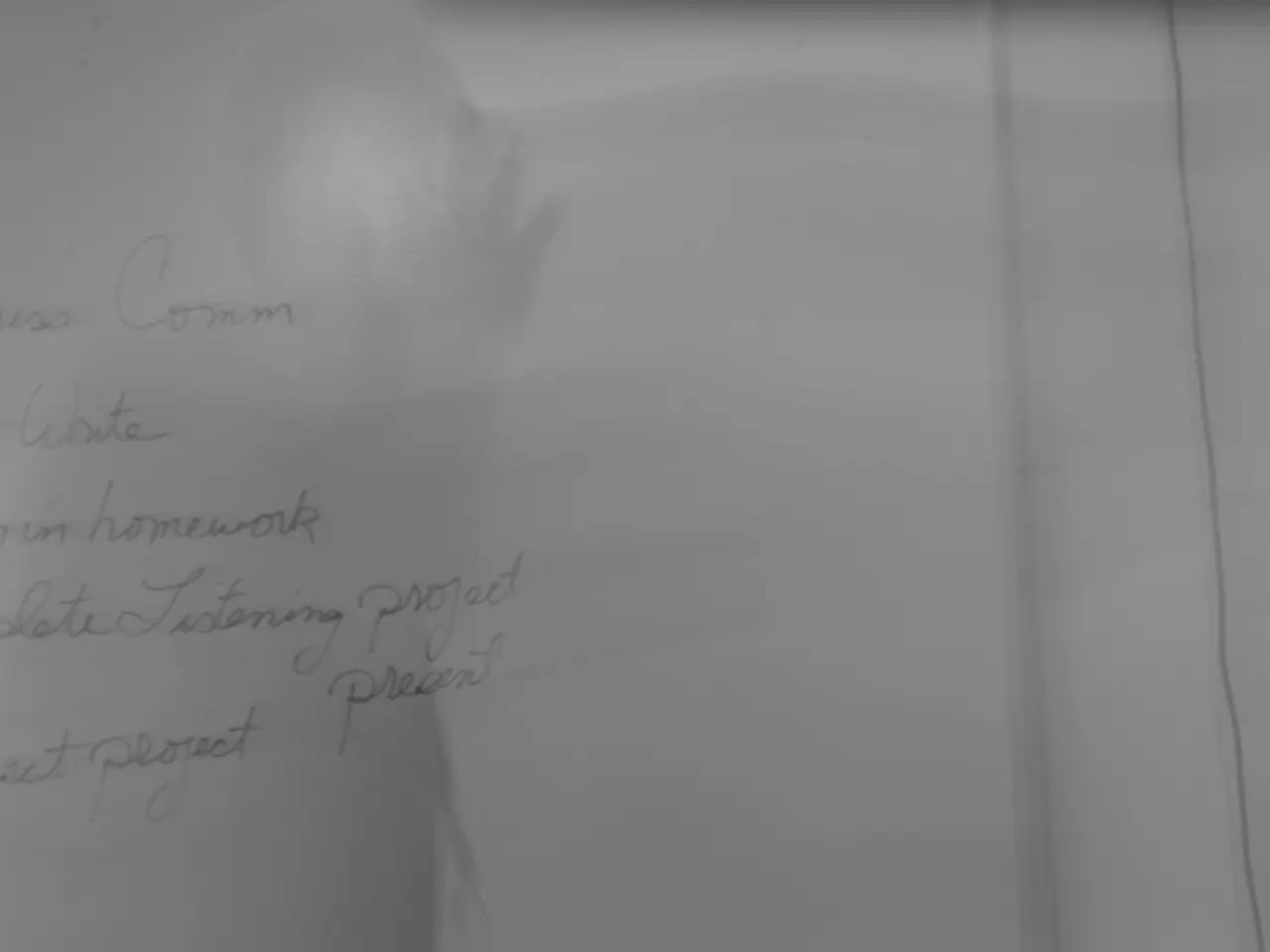Explaining the Demand Curve Through the Lens of Decreasing Utility Principle
The law of diminishing marginal utility, a fundamental economic concept proposed by Carl Menger in the 19th century, provides an explanation for the downward slope of demand curves in economics [1][3][5]. This law states that as a consumer consumes more units of a good, the additional satisfaction (marginal utility) gained from each new unit decreases [2].
When marginal utility declines with each unit consumed, consumers will pay less for additional units since each extra unit is valued less [1]. Therefore, the price must fall to induce consumers to purchase larger quantities. This connection between diminishing marginal utility and price sensitivity underpins the law of demand, which states that demand increases as price falls and decreases as price rises [3].
The law of diminishing marginal utility is based on the assumption that goods are bought and consumed immediately, a concept known as sequential consumption [4]. For instance, consider buying multiple bottles of mineral water. The satisfaction derived from the first bottle is typically higher than that from the second, and so on. Each subsequent bottle provides less satisfaction than the previous one [6].
However, it's important to note that the law of diminishing marginal utility is dependent on the consumer's psychology remaining constant. A change in preference may invalidate the concept. Additionally, the law may not hold true if the quality of goods increases or decreases [7].
The concept of utility, in economics, represents the satisfaction or benefit derived from consuming goods or services, and is a subjective concept [8]. Utility, when plotted, would have the X-axis representing the quantity consumed and the Y-axis representing the satisfaction gained. This utility curve, when differentiated, would yield the marginal utility curve, which illustrates the extra satisfaction gained from consuming one more unit of a good [9].
If the satisfaction gained from consuming goods is quantified into the price that one is willing and able to pay, the marginal utility curve would be identical to the demand curve [10]. The demand curve, when plotted, would be downward sloping, indicating that as the price goes up, the quantity demanded goes down, and vice versa.
The law of diminishing marginal utility explains several important phenomena in the economy, including consumer preferences for the time and value of goods [11]. Understanding the utility function, consumption bundle, types of utility, demand curve types, consumer choice theory, substitution effect, marginal benefit, conspicuous consumption, and the difference between a movement and a shift in the demand curve can provide further insight into the law of diminishing marginal utility [12].
Lastly, it's worth mentioning that the law of diminishing marginal utility also applies to money. An increase in the supply of goods reduces the exchange value of currency, as additional money can be used to fulfill less urgent goals [13]. An increase in the money supply through monetary policy can reduce the purchasing power of money, as it benefits the first recipient at the expense of subsequent recipients [14].
[1] https://www.investopedia.com/terms/d/diminishingmarginalutility.asp [2] https://www.investopedia.com/terms/m/marginalutility.asp [3] https://www.investopedia.com/terms/l/lawofdemand.asp [4] https://www.investopedia.com/terms/s/sequentialconsumption.asp [5] https://www.investopedia.com/terms/d/demandcurve.asp [6] https://www.investopedia.com/terms/d/diminishingmarginalutility.asp [7] https://www.investopedia.com/terms/d/diminishingmarginalutility.asp [8] https://www.investopedia.com/terms/u/utility.asp [9] https://www.investopedia.com/terms/m/marginalutility.asp [10] https://www.investopedia.com/terms/d/demandcurve.asp [11] https://www.investopedia.com/terms/d/demandcurve.asp [12] https://www.investopedia.com/terms/c/consumerchoice.asp [13] https://www.investopedia.com/terms/d/diminishingmarginalutility.asp [14] https://www.investopedia.com/terms/m/monetarypolicy.asp
In the realm of economics, the marginal utility curve, derived from the subjective concept of utility, would be identical to the demand curve in finance if the satisfaction gained from consuming goods is quantified into the price that one is willing and able to pay.
Familiarizing oneself with the utility function, consumption bundle, types of utility, demand curve types, consumer choice theory, substitution effect, marginal benefit, conspicuous consumption, and the difference between a movement and a shift in the demand curve can provide a comprehensive understanding of how the law of diminishing marginal utility is applied not only to goods but also to money in business and investing.




